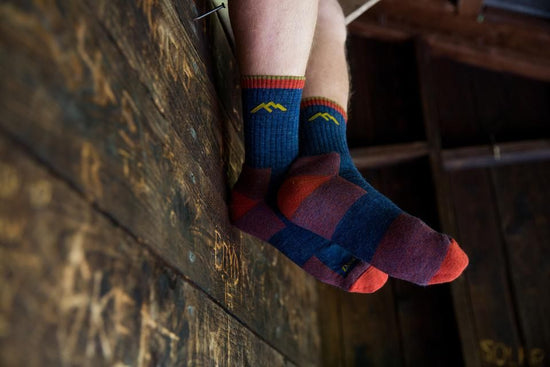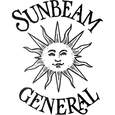If you look closely at clouds, rocks, tree bark, foliage, paintings, or anything else with an ambiguous or undefined pattern, your mind will soon find the outlines of faces, animals and a host of other things that seem to be hidden there. This is a natural human ability called pareidolia [“parr-i-DOH-lee-uh,”], and some authorities on the subject say we have it for a good reason: survival
Evolution has designed the human brain to seek for patterns, and it is with us from birth. It has been shown that babies prefer face-like images only a few minutes after being born, and some have said that this preference evolved because babies who responded to faces motivated their parents to provide more care, which increased their rate of survival and allowed the genes for facial recognition to be passed on to the next generation.
Another evolutionary benefit of our tendency to perceive patterns in our surroundings is that our attention can very quickly be bought to focus on what may be a potential enemy or predator hiding in some vegetation. If we were right, and the pattern we saw turns out to be an enemy or lion hiding in the bushes, then we had a little more time to escape. If we were wrong, and what we saw was just a pattern in the leaves, then, as the old saying goes, it is better to be safe than sorry.
Having developed this tendency to see the shapes of things in places where they were not, humans then began to use it a variety of different ways. In Europe and America, they saw the face of a man in the full moon, while in much of Asia they saw a rabbit there. In ancient times, names were given to star patterns (although most of us can only really see Orion and the Big Dipper without a picture of what we are looking for), and, today, some astronomical bodies are referred to as the Horsehead Nebula and the Smiley Face Open Cluster.
Bringing things down to Earth, humans have always named places and things after what they thought they looked like. For instance there are several mountains named The Sleeping Lady, a geological formation named Duck on a Rock (Arizona) and one called the Kneeling Nun (New Mexico). And the same thing happened when they gave names to things as varied as the Dandelion (French word to describe how the leaves look like the teeth of a lion), the hippocampus (Greek word for part of your brain that looks like a seahorse), and the infamous D.A.(Duck's Ass) haircuts of the 1950s, ,
People have seen images caused by pareidolia in stained walls, cow markings, burnt tortillas, flowers, buildings, old photographs, and just about anything else with an irregular surface. In fact, many famous artists included hidden images in their paintings and some advertisers have used them to arouse subconscious feelings in potential buyers. There is even a museum in Japan that holds over 1,700 stones that look like they have human faces.
Perhaps the most profitable of these pareidolic images is the grilled cheese sandwich made by Diane Duyser of Miami. Ms. Duyser took a bite of the sandwich and then saw the image of the Virgin Mary in the top piece of toast. She surrounded the sandwich with cotton balls and kept it in a plastic box, Then, years later, she sold it to an online casino for $28,000.
Some people have claimed that the ability to see shapes in clouds, trees, etc. is an indicator of a person’s creativity and that with practice everyone can get better at it. You can make this activity even more creative, by telling yourself (or any children with you) a little story about what is happening in the world of your image. It can be interesting to see what you come up with and how it makes you feel.
But you don’t need to have a reason to look for imaginary images. In fact, any time you see a sky full of cumulous clouds (those flat-bottomed, puffy white clouds that look like cotton balls or heaps of mashed potatoes) you know you are in for some fair weather and that it is the right time to lie down in the grass and indulge in a bit of pareidolia – the enchanting art of seeing things that aren’t there.



